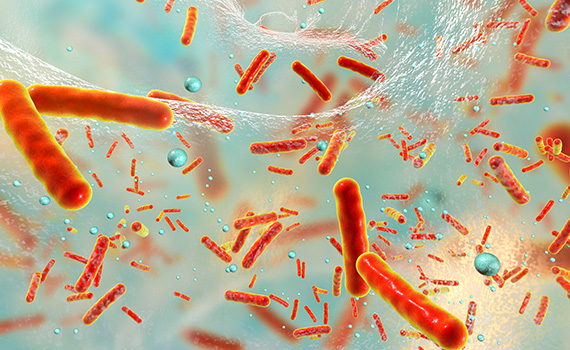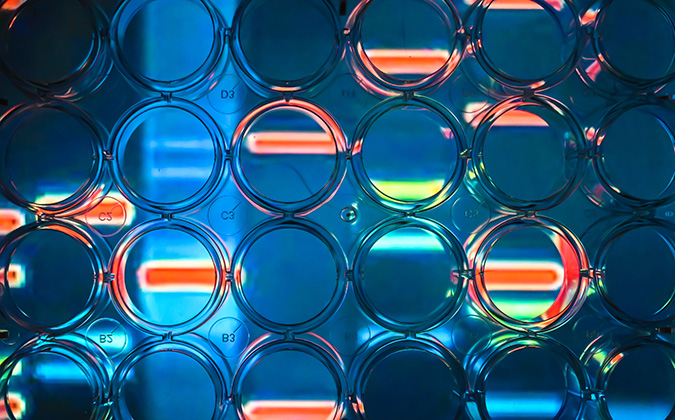
Levels of antimicrobial resistance in Asian aquaculture ‘concerning,’ say scientists
There are “concerning levels of resistance” to medically important antimicrobials found in bacteria from Asian aquaculture sources, new analysis of 2 decades’ worth of data has shown.
An international team of scientists reviewing research published between 2000 and 2019 found that the percentage of compounds in aquaculture-focused studies with over 50% resistance was stable at around 33%. Over the same time period, the percentage found in studies with wild-caught aquatic animals fell sharply, from 52% to 22%.
“The combined effect of multi-source antimicrobial introduction and persistence in aquaculture waters and sediments may present a consistent selective pressure, facilitating the maintenance of an elevated level of antimicrobial resistance,” the authors suggested.
Human health at stake
The consequences of such widespread resistance in the food chain could be serious.
“The high rates of resistance to multiple classes of critically important antimicrobials in aquatic-animal foodborne pathogens in our study raise urgent concerns regarding both therapeutic efficacy of first-line antimicrobials and the further erosion of last-resort therapeutic options for multi-drug-resistant infections resulting in severe disease,” they said.
Vibrio, Aeromonas, Streptococcus, Edwardsiella and Escherichia coli (E. coli) were the five pathogens most commonly found in the resistance surveys analyzed by the researchers.
Resistance was seen across classes of therapeutic drugs. Stand-out findings included high levels of resistance to multiple classes of antimicrobials found in Aeromonas samples in western and southern Asia, and resistance to numerous cephalosporins in E. coli samples peaking at over 50% in Southeast Asia.
Work sheds new light — but unknowns remain
The contrast of consistently high levels of resistance among foodborne pathogens in aquaculture and declining resistance among pathogens associated with wild-caught stocks over the period studied could be due to reduced exposure to human and livestock fecal pollution over time, the scientists explained. Poor sanitation and multi-drug resistance were strongly linked in the research.
The authors acknowledged that gaps exist in knowledge about antimicrobial resistance in Asia, with widely varying regulations, production types and antimicrobial use by location. To further understanding, they identified “hotspots” of resistance across the continent, where further surveys should be conducted.
For freshwater environments, China and India represent 72% of those proposed future surveys, while for marine areas, northeastern and southern China, southern India on the Arabian Sea and Bay of Bengal, and the eastern Mediterranean near Lebanon were highlighted as areas with high resistance-gene abundance.
To read the full article, published in Nature Communications, click here.






